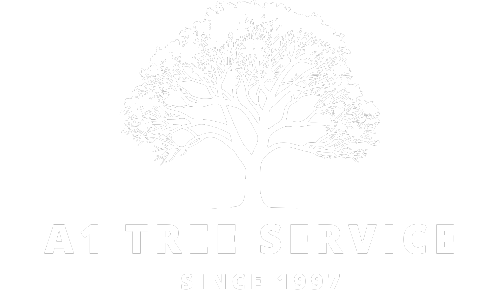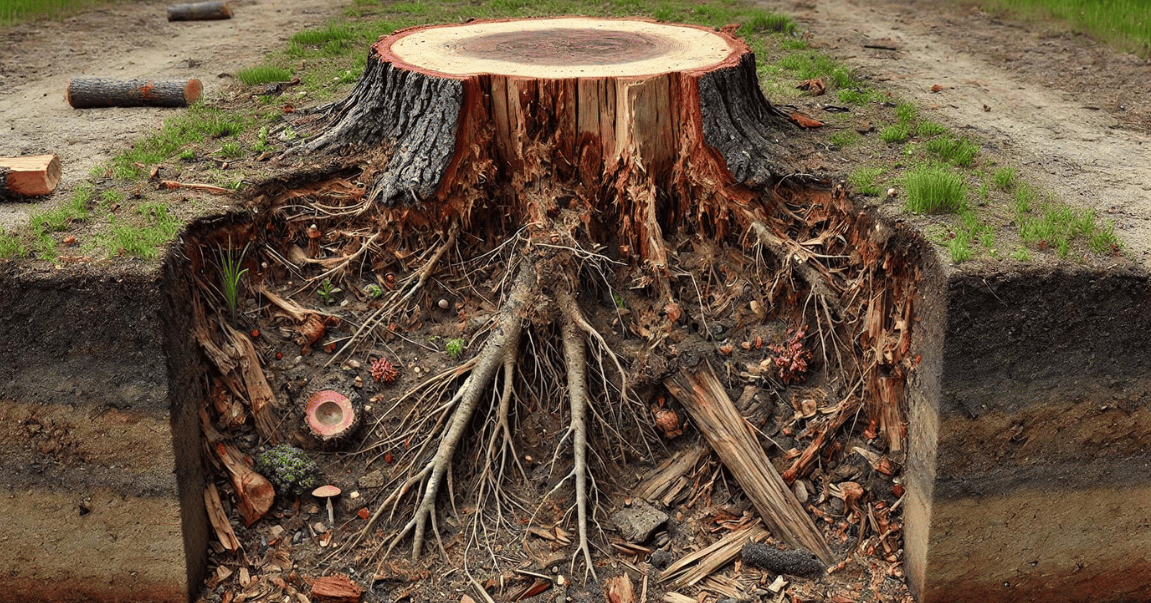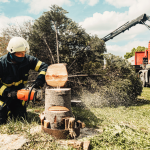Roots of trees may lead to a number of problems, such as the destruction of your driveway, sidewalks, plumbing, or garden. Cutting tree roots may be quite a difficult task, but with the help of the proper tools and techniques, you can get rid of them safely and efficiently. You may be left with roots from a tree that has been cut down, or you may want to stop the growth of a tree, and knowing how to get rid of tree roots is one of the things that can save your property. This guide will discuss how to remove tree roots in a step-by-step process and offer some tips on how to make the process simple.
Methods for Removing Tree Roots
Tree roots can be removed through several methods. Depending on the size of the roots, the location, and the felling of the tree, the most appropriate method should be employed. Let’s explore some of the most common approaches.
Manual Root Removal
In the case of the already fallen tree, or comparatively small roots, manual removal can be the most convenient and least expensive way.
Here’s how you can do it:
Dig Around the Roots: Using a shovel or spade, dig around the root system. Begin at the bottom of the stump and move outward. Be mindful not to hurt any neighboring plants.
Dig Out the Roots: While digging, expose as much of the root system as you can. This might involve excavating a few feet on every side, particularly when the roots are big or far apart.
Sever the Roots: After the roots have been uncovered, cut through the roots with a sharp axe, pruning saw, or root cutter. You might require a chainsaw or reciprocating saw in case of more massive roots.
Remove The Roots: After cutting the roots, remove them from the ground. There is a possibility that some roots will be stubborn and may need additional effort to be removed, so you may want to use a pry bar to help.
Fill the Hole: After the roots have been taken out, fill up the hole with soil, and pack it to level the ground.
Using Chemicals to Kill the Roots
When it is not possible to remove them manually, you may need to kill the roots with chemicals. This method is time consuming, however, and must be done with care.
Select the Proper Herbicide: Select a root-killing herbicide that is specifically made to treat tree roots. Glyphosate and copper sulfate are commonly used chemicals.
Drill Holes on the Stump: With tree stumps, you can drill some holes on top of the stump; each hole should be 1 to 2 inches deep, spaced out a few inches.
Apply the Chemical: Pour the herbicide in the holes that have been drilled, as per the instructions indicated by the manufacturer. When working with chemicals, it is important to put on gloves and protective clothing.
Wait for the Roots to Die: The roots might die away in a week or two, but may take months. As soon as the roots are dead, you can remove them manually or you can leave them to decay.
Stump Grinding
If the tree is already felled and you wish to clear up the rest of the stump and root systems, stump grinding is an effective method.
Rent or Buy a Stump Grinder: A stump grinder is a piece of equipment that is used to grind tree stumps into small wood chips. You can either hire a professional to do this, or rent one in a local hardware store.
Protective Clothing: You should ensure you wear protective clothing, such as eye protection, gloves, and ear protection because stump grinding is a process which may cause flying debris.
Grind the Stump: Place the stump grinder on the stump and start grinding it slowly; continue until the stump is a few inches below ground level.
Grind the Roots: Grind the roots that spread outwards from the stump. Most of the bigger roots should be able to go through the grinder.
Clean Up: Once the grinding is done, clean up the wood chips and the debris. The chips can be used as garden mulch, or composted.
Using a Backhoe or Excavator
With larger tree roots, including mature tree roots, a backhoe or an excavator can be used to make the process faster.
Rent a Machine or Person: If you do not own heavy machinery, you should hire a tree removal professional with the right equipment.
Roots: The roots can be dug up faster and easier by backhoe or excavator than by hand. These tools are best suited to high volume root removal in multiple rooted or stumped areas.
Disposal of the Roots: After removing the roots, dispose of them. There are some municipalities that can provide services to collect large tree roots, or you can employ the services of a waste disposal company to collect the roots.
Safety Considerations When Removing Tree Roots
Tree root removal can be labor intensive, painful, and can involve sharp items or heavy equipment.
Here are some safety tips to keep in mind:
Use Protective Gear: Put on gloves, eye protection, and steel-toed boots to avoid being hit by flying debris or sharp tools.
Proper Tools: Ensure you have the right tools to do the job without injuring or damaging anything nearby. When using a chainsaw or stump grinder, adhere to safety instructions given by the manufacturer.
Know about Underground Utilities: Before making a hole, make sure you find out about utilities in the area, like water pipes or electrical lines underground. Breaking them may be expensive to repair or may cause safety problems.
Seek Professional Help: If you’re unsure about tackling the job yourself, it’s a good idea to hire a professional tree removal service to handle the root removal. They have the right tools and experience to do the job safely and efficiently.



